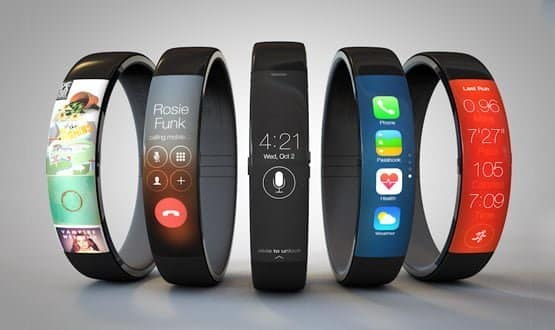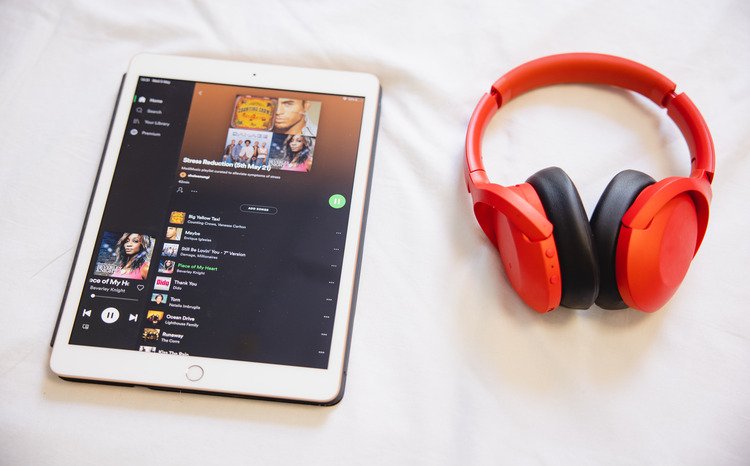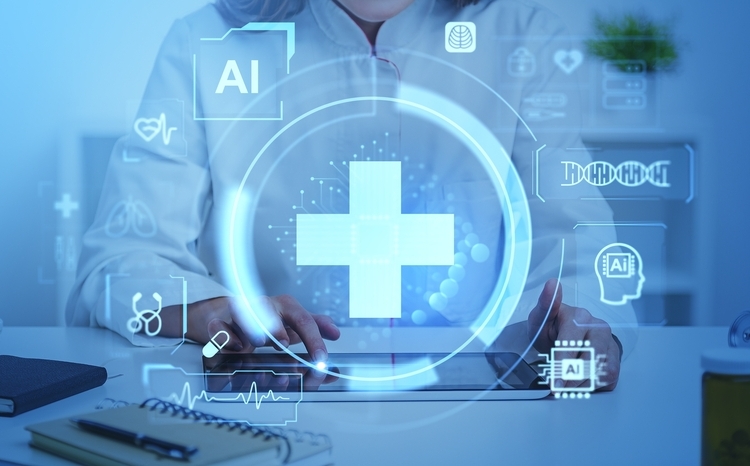Another view: watching the iWatch
- 4 March 2014

Tech sites and bloggers have whipped themselves into a frenzy over reports that Apple may have hired a number of health related techies (and I’m secretly hoping for a call myself).
The hires are certainly interesting if true. One is reportedly an expert in finding veins using infra red technology; others are experts in exercise and physiology.
And there’s a lot of informed and not so informed debate ‘below the line’ (all part of the fun) on what this might mean for Apple’s future and for health.
I’ve posted some comments myself (under a pseudonym) asking whether the company is going for a sports/fitness device or health monitoring/early warning/chronic disease management system.
The sports and fitness option might appeal to some, but it is hardly revolutionary. There are lots of heart rate monitoring devices out there – and the market may be finite.
The danger of the health monitoring option is surely that the younger market doesn’t care about its health, and so won’t buy one. But I guess the over 40s market who can afford this kind of product do start caring about their health, so it might be a winner.
Mood music
Whatever the strategy, I find it interesting to speculate about what could be accomplished from a wrist- based device. Some people have already designed apps that test reasoning or mood and send warnings if these are abnormal.
I always find the image of a smart phone asking its user “Do you think you are God?” and testing whether they are delusional or hearing voices quite funny. Perhaps it’s only a first rank symptom if it’s the TV that talks to you.
Once you get to hardware, the possibilities become more interesting. People have already mentioned gyroscopes in phones being used to detect falls and GPS being used to track those with dementia who wander out of their house.
Some phones come with an electrical sensor you can use to measure pulse and ECG. There is a lot you can do with this. However, a watch would only give a single channel and often we require more leads; so perhaps the watch needs to be a hub for different sensors. iEarring anyone?
Even a single channel will deliver some information on heart rate and rhythm, which might be useful both for detecting true abnormalities – which are often under detected – and for reassuring people suffering with feelings of palpitations that they weren’t sinister. That would certainly reduce a huge workload on me.
There are several measurements such as R on T phenomenon (a form of irregular heartbeat) and QTc interval (a measure of the time taken for the heart to beat) that can indicate incipient problems.
Capturing them might make an iWatch an early warning device. Of course, the classic would be to detect a heart attack from classic ST elevation or even a heart attack when the heart stops.
iWatch to the rescue?
I could see a scenario where your watch detects you have gone into a VF arrest (another kind of heart attack triggered by an abnormal heart rhythm). It sends a message to your phone to call for help.
The phone rings 999, giving your location. Then it broadcasts to all the other phones in the vicinity that you are down and in need of help.
Everyone in the vicinity gets shown a map of where they are, where you are, and possibly even where the nearest portable defibrillator is.
The app switches into detailed but simple instructions on what to do when you arrive on scene. Could it save lives?
Bloody impressive
Next, my understanding is that blood glucose is measureable either through a microscopic needle or though a system that electrostatically seems to pull the molecules out of the skin.
This might be useful not only for diabetics and for athletes but for dieters. It might provide an early warning of post prandial hyperglycaemia or even fasting hyperglycaemia, allowing early intervention.
The vein finding expert, meanwhile, might be something to do with measuring pulse oximetry. As well as giving the pulse wave form (which, in itself probably shows something about vascular condition) it also measures oxygen levels.
Normally it’s done on a finger, but I can’t see why it wouldn’t work on a wrist. If it did, then making sure early detection was linked to action would be the key to making a difference; falling O2 sats in a chronic respiratory patient might be a trigger for the intervention team.
I also suspect sleep apnoea is more wide spread that we believe and this might be a useful way of detecting it. Not only is it a cause of tiredness and accidents, it is a risk factor for cardiovascular disease.
But what everyone seems to want is blood pressure. Until now, the assumption seems to have been that will be impossible, because the ‘gold standard’ technique uses a cuff, which would make for an odd watch.
However, a quick Google search finds any number of links for wristbands and even patches that claim to measure blood pressure accurately. If these links relate to real products, and they can be turned into mass market items, then they are amazing and could change health care.
In theory, we could have 24 hour a day blood pressure readings on everyone. This might help both to identify those that don’t need treating and help convince those that do that they do.
New tech for the old?
It all sounds very exciting, but there might be some consequences and some drawbacks to this brave new world (aren’t there always?)
I guess we need to be careful about how much we share with insurance companies; otherwise, an iWatch might become the equivalent of a ‘good driver’ box. That’s fine if it tells you: “your bp is ok, your sugar is ok, your heart rate is ok – you get lower insurance”, but less good if it tells you the opposite.
But for the most part, those haunting the Apple forums are fixed on design. There’s a lot of conviction that an iWatch device will be massive and expensive. And, as they’re probably young, the majority just aren’t interested in the idea.
But then, “they” said no one would want a tablet device – and half the people who walk into my room have one.


Dr Neil Paul
Dr Neil Paul is a full time partner at Sandbach GPs; a large (22,000 patient) practice in semi-rural Cheshire. He is also one of the directors of 4GPs Ltd. Dr Paul has been involved in primary care IT and health service management for more than ten years in various roles, including PEC member and urgent care lead. In his spare time, he writes medical iPhone software and is a keen photographer.




